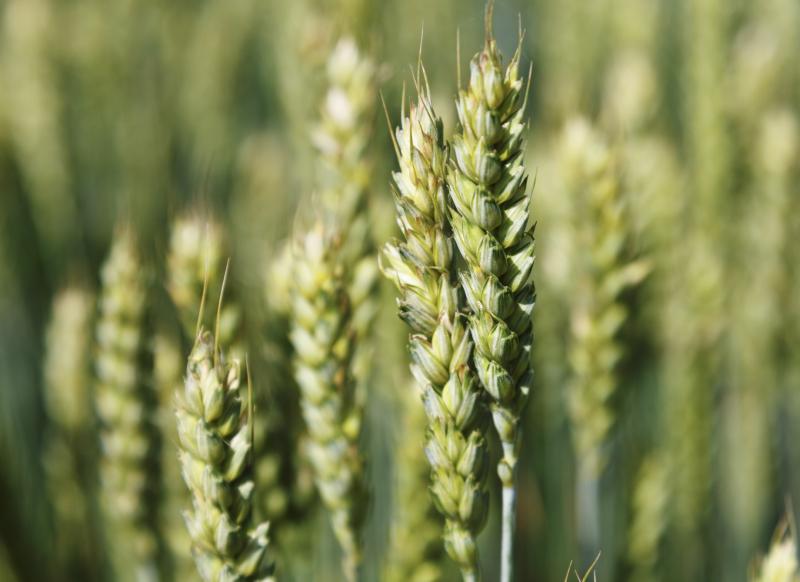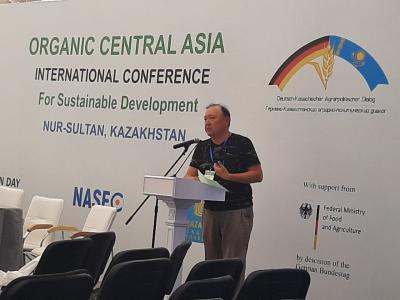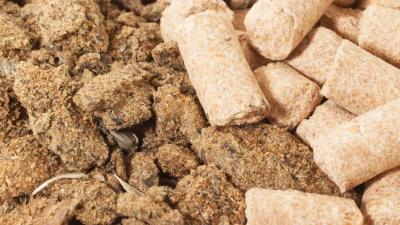
Agrarians in Kazakhstan are actively preparing for the sowing season: fuel, seeds and fertilizers have been purchased, and machinery is already up and running. For someone in the south the fields have already been sown and are waiting for harvest. Some just will start sowing. As practice shows, sowing of spring wheat is very popular among Kazakh farmers. As one of the early sowing crops, it requires especially gentle treatment, proper approach and good preparation of the soil. In the case of spring wheat, this is exacerbated by the fact that its vegetation period is much shorter than that of winter wheat. Wheat has higher soil requirements than barley, rye and oats. Aziz Nurbekov, FAO expert and agronomist with 27 years of experience, listed the main mistakes for farmers to avoid when sowing spring wheat if they want to get a good harvest.
To begin with, the expert noted that, in general, the choice of sowing dates should be based on three components:
1. sufficient soil temperature warming;
2. the physical readiness of the soil;
3. minimizing the risk of recurring frosts below -5°C.
And the lack of nutrients and lack of moisture, according to the expert, can especially affect the yield.
Here are the 8 most common mistakes when sowing spring wheat
1. Unsuitable soil
On light or sandy soils, growing spring wheat is recommended only if there is sufficient water. Spring wheat likes calcareous, nutrient-rich, deep soils. You can expect reliable grain yields on soils with high fertility.
2. Incorrect crop rotation.
Spring wheat should not be grown after other grains, with the exception of oats, as otherwise there is a risk of diseases of the crops in the rotation such as cyst nematodes, root rot, dust-brand, bunt smut, etc. Ideal preceding crops are root crops such as potatoes and sugar beets, oilseeds, corn, and grain legumes.
3. Incorrect sowing times.
If sowing is too late, the already short growing season of spring wheat shortens even more, and plants do not have time to take root and sprout, reducing grain quality. Lower tillering results in fewer spikelets.
4. Incorrect pre-sowing preparation.
The soil may be too wet during tillage. If it has not yet dried sufficiently, the soil structure can be damaged, further compacting the soil and limiting mineralization. This disrupts the supply of nutrients to the wheat. Areas with a dense mulch layer dry out more slowly. A sufficiently dried bed of seedbeds lies firmly underneath and has a uniformly formed loose mulch on top (2-3 cm). Too deep pre-sowing preparation can also have an effect. For example, preparation with a flat cultivator or sowing combination should be done, if possible, only up to the depth of the seed embedment. If the seedbed is tilled much deeper, e.g. to remove ruts, this can interrupt the capillary system of the soil and thus prevent the ingress of moisture for germination. In this case the seedbed should be reconsolidated during cultivation by means of a trailed packer roller.
5. Incorrect sowing depth
If the seeds are sown too shallow there is, among other things, a risk of seed damage by birds. If the sowing depth is too deep, germination and emergence of the seeds is delayed. The optimum sowing depth is 3 to 7 cm, depending on the soil texture. A mandatory requirement is to have 1.5-2 cm of moist soil above the seeds.
6. Incorrect sowing rate/seeding density
Crop yields to a large extent depend on the seeding rate. Seeding rate itself depends on soil and climatic conditions of the region and varies in the range of 2.5-5.0 million germinated grains per hectare. Excessively thickened crops die due to lack of moisture.
Seeding rate in kg/ha = (germination rate of grains/m2 x thousand grains in grams x 100) : (germination rate (%) x germination rate (%)).
7. Poor quality seeds
To prevent the transmission of plant diseases through seed, use certified seed that has been tested and treated. You should also have seed that you have produced yourself, tested, for example, for the presence of hardy mildew spores, for its germination rate and the weight of a thousand grains. In this way, you can determine the correct amount of seed. The use of coarse seeds is beneficial: as the grain size increases, the infestation of Cochliobolus sativus, Fusarium spp., Pythium spp. grains decreases, and the seedlings and yields increase.
8. Nitrogen abuse.
Overuse of nitrogen prior to cultivation leads to excessive plant density. A single application of more than 50 kg of nitrogen per hectare should therefore be avoided. Under spring wheat - 100 kg of ammonium nitrate in two feedings, depending on weather conditions.
The amount of applied nitrogen fertilizers should be determined by the results of agrochemical soil surveys.












































Обсуждение